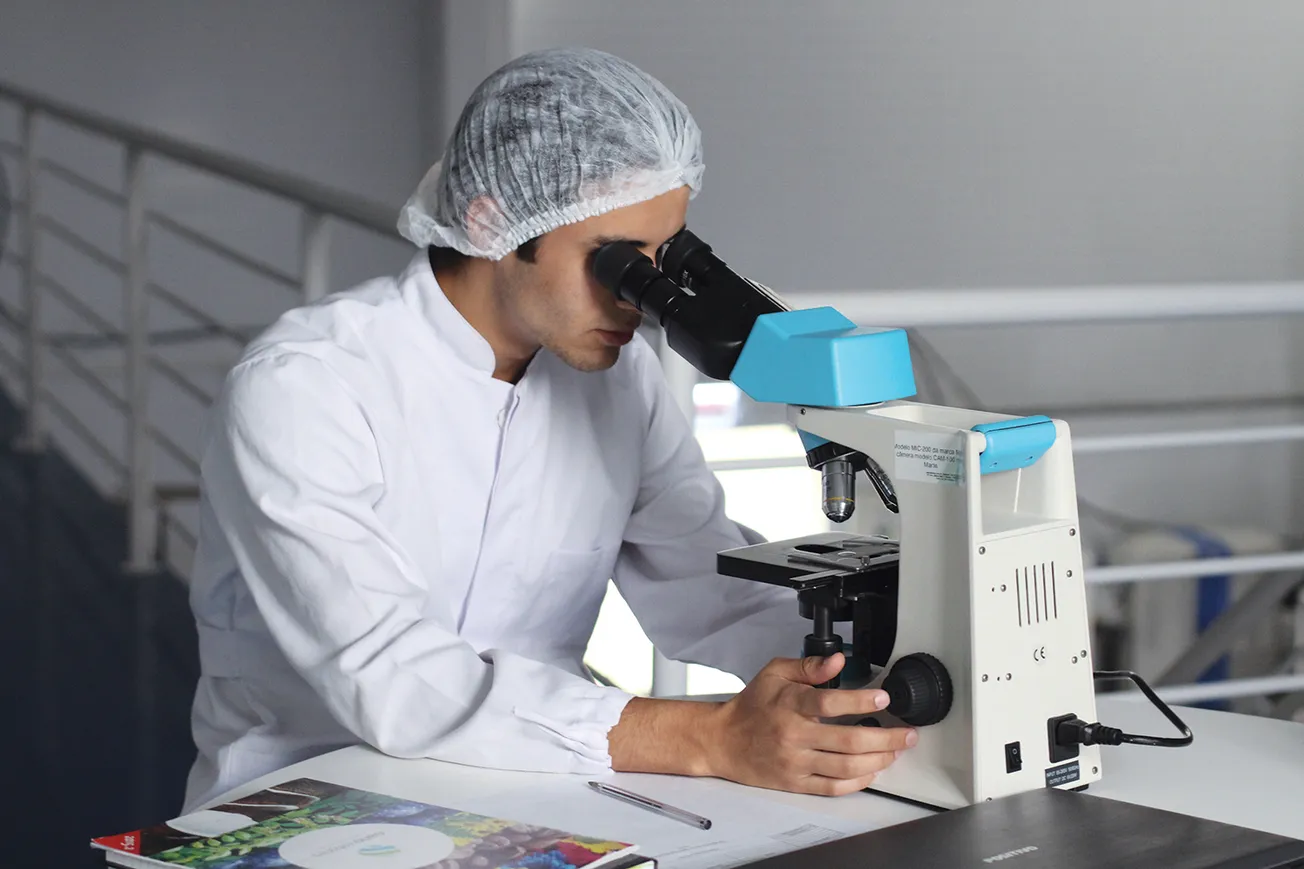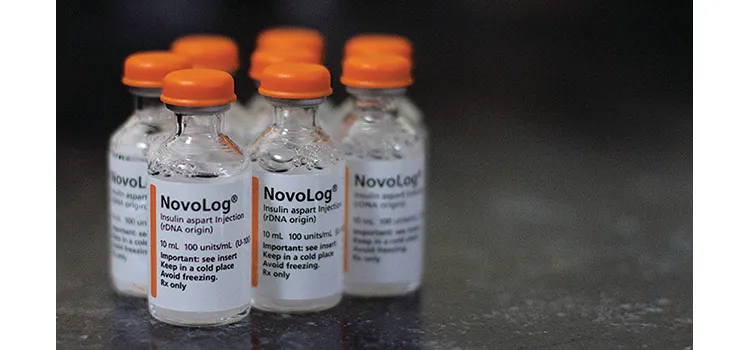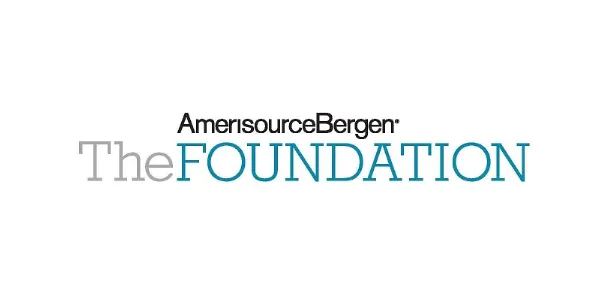
The American Liver Foundation estimates that over 30% of the U.S. population has some degree of nonalcoholic fatty liver disease (NAFLD), the most common type of liver disease in the Western world. This can impact other facets of their overall health, because NAFLD has been linked to diabetes, obesity, insulin resistance and other metabolic risk factors.
NAFLD is highly prevalent in patients with diabetes mellitus, and increasing evidence suggests that patients with prediabetes and type 2 diabetes are at a particularly high risk for developing the progressive forms of NAFLD, nonalcoholic steatohepatitis (NASH) and associated advanced liver fibrosis.
Here’s the good news: NAFLD is reversible if caught in the early stages and accompanied by lifestyle changes. Screening and early detection can help to prevent more serious conditions such as end-stage liver disease or liver cancer. Therefore, it is critical to develop effective and efficient models to identify the subset of NAFLD patients with NASH in the settings where they receive care.
The Connection Between Diabetes and NAFLD
Because of the liver’s central role in so many body processes, excessive fat in the liver can have a ripple effect. It is associated with an increased risk of developing cardiovascular disease and can make type 2 diabetes more difficult to treat.
Diabetes also may be a cause of fatty liver and liver disease, and those with diabetes and NAFLD may be more likely to develop and die from liver disease than those without diabetes. There’s also a link between type 1 diabetes and liver disease, further supporting the idea that diabetes alone, without insulin resistance, is a factor in liver disease.
What’s more, depending on their comorbidity profile, prediabetic patients with NAFLD may be as much as five times more likely to develop overt diabetes than non-NAFLD patients. In fact, NAFLD and type 2 diabetes have reciprocal risk factors, further complicating diabetes management and increasing the likelihood of liver and cardiovascular complications.
Finally, diabetes and NAFLD have mutual pathogenetic mechanisms, suggesting that genetic and environmental factors interact with metabolic derangements to accelerate NAFLD progression in diabetic patients.
Early Detection Is Paramount
Physicians can perform a blood test to look for liver enzymes released after a liver cell is injured or dies, which may suggest inflammation. But today’s gold standard is a liver sample through biopsy, allowing doctors to see signs of scar tissue and liver cell damage (called “ballooning”) under a microscope to determine how far the disease has progressed.
Although this method is the “gold standard” for making the diagnosis of NASH, it is an invasive procedure with potential side effects that are infrequent but clinically important, and it has been reported that it is not fully accurate in up to 30% of cases. In addition, there is significant time and expense associated with this procedure. Given these limitations, accurate noninvasive measures of liver health are of paramount importance.
Noninvasive Screening Methods
A growing number of savvy health care providers have begun to adopt new noninvasive screening methods that can detect NAFLD in the absence of indications or warning signs. This new painless approach can be performed in the doctor’s office as part of an annual exam, and it is covered by Medicare, Medicaid and other insurance plans.
A 10-minute screening offers clarity about liver health — measuring liver fat content and liver stiffness (associated with fibrosis and cirrhosis) — while potentially eliminating the need for a liver biopsy and/or further testing. Test scores provide information the physician needs to make a referral to a specialist or recommend additional assessments. It’s likely that a yearly NAFLD screening will become standard practice similar to a mammography or A1c blood sugar testing.
FibroScan is one technique that can be used to measure the amount of liver stiffness and fat. It can be used to rule out the need for further assessment, such as a liver biopsy, saving time and resources for people who don’t need to undergo additional assessment.
Identifying Asymptomatic Patients
An interim look at an ongoing study of 10,000 patients with no history of liver disease was conducted in community-based endoscopy centers by the Florida Research Institute. Only 43% of the patients evaluated had what are considered normal livers based on a FibroScan assessment alone, while the remainder had some form of liver abnormality, ranging from elevated liver fat to liver fibrosis. This analysis of the first 367 patients suggests a significant rate of undiagnosed NAFLD in the population studied.
These results highlight the value of identifying asymptomatic patients who may be at risk for advancing disease for earlier intervention, while the increasing prevalence of disease shows the vital importance of regular assessment.
Dr. Juan Frias is the medical director and principal investigator at National Research Institute in Los Angeles.









